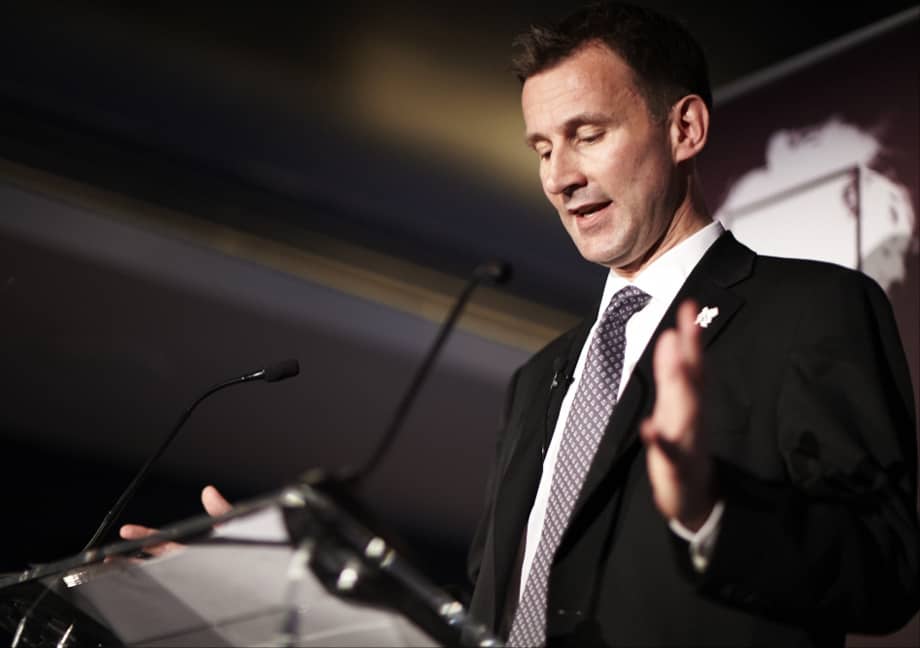
Price tags on medicine packs a “headline grabbing gimmick”
pharmafile | August 7, 2015 | News story | Manufacturing and Production, Medical Communications | Drug pricing, Jeremy Hunt, NHS, adherence, compliance
Plans to include a price tag on prescription medicines in England worth more than £20 have been dismissed as a ‘headline grabbing gimmick’ that could potentially have unintended consequences.
The BMJ journal Drugs and Therapeutics Bulletin (dtb) says the proposal could mislead patients into believing that cheaper drugs are less important.
In July English health secretary Jeremy Hunt announced that, from 2016, medicines worth more than £20 would carry their indicative cost and the phrase ‘funded by the UK taxpayer’ printed on the packaging.
The initiative aims to encourage people to take personal responsibility for the use of finite public resources. Hunt said at the time that the move would “not just reduce waste by reminding people of the cost of medicine, but also improve patient care by boosting adherence to drug regimes.”
However doctors writing in dtb remain unconvinced. Adhering to a prescribed course of drugs can be difficult even for those who pay for their prescriptions, the editorial says, and points out that there is “no evidence to back the move”. Such a strategy “does not feature in any national or international guidance on ways of making sure people stick to their prescribed drug regimen,” it adds.
It warns that there could be several unintended consequences from the approach. These include making elderly or vulnerable patients, such as those with mental illness, believe themselves a burden on society – potentially leading them to not take their medication – and also make people misinterpret cheaper drugs as less important.
Last year the average cost of medicines dispensed in England was £8.32, with drugs costing under £20 comprising a far higher volume than those costing more than £20.
The editorial continues: “Although there is no link between the NHS price of a medicine and its clinical efficacy, we believe that there is a risk that the price might be misinterpreted as an indicator of the medicine’s value.
“A patient taking a number of drugs may gain a biased understanding of their treatment, with inexpensive drugs used for heart disease being considered less important than a high cost drug used to treat pain.”
Furthermore, the price of a drug may not represent the true cost to the NHS, because some cheap drugs are expensive in terms of the monitoring and follow-up they require, says the article.
It’s not yet clear whether pharma companies will be expected to foot the bill for the changes required to the packaging. The dtb editorial points out that many drug containers are too small to include both the new pricing information and the mandatory dosing guidelines and warnings. This may lead to this crucial information being made less clear and potentially dangerous mistakes being made as a result.
Improving patient adherence requires investment and an informed two-way discussion between doctors and patients. This, the editorial says, may ultimately be far more useful than simply including the price tag on the container.
“The most expensive drugs are the ones dispensed but never used, and it is not clear that this headline grabbing gimmick will do anything to improve adherence,” the editorial concludes.
Joel Levy
Related Content

NICE recommends migraine treatment for NHS use
The National Institute for Health and Care Excellence (NICE) has shared draft guidance recommending AbbVie’s …

Novo Nordisk launches Wegovy in the UK
Novo Nordisk has today announced that Wegovy (semaglutide injection) is now available in the UK …

Bristol Myers Squibb’s Sotyktu recommended for NHS use for adult patients with psoriasis
Bristol Myers Squibb (BMS) has announced that the National Institute for Health and Care Excellence …








